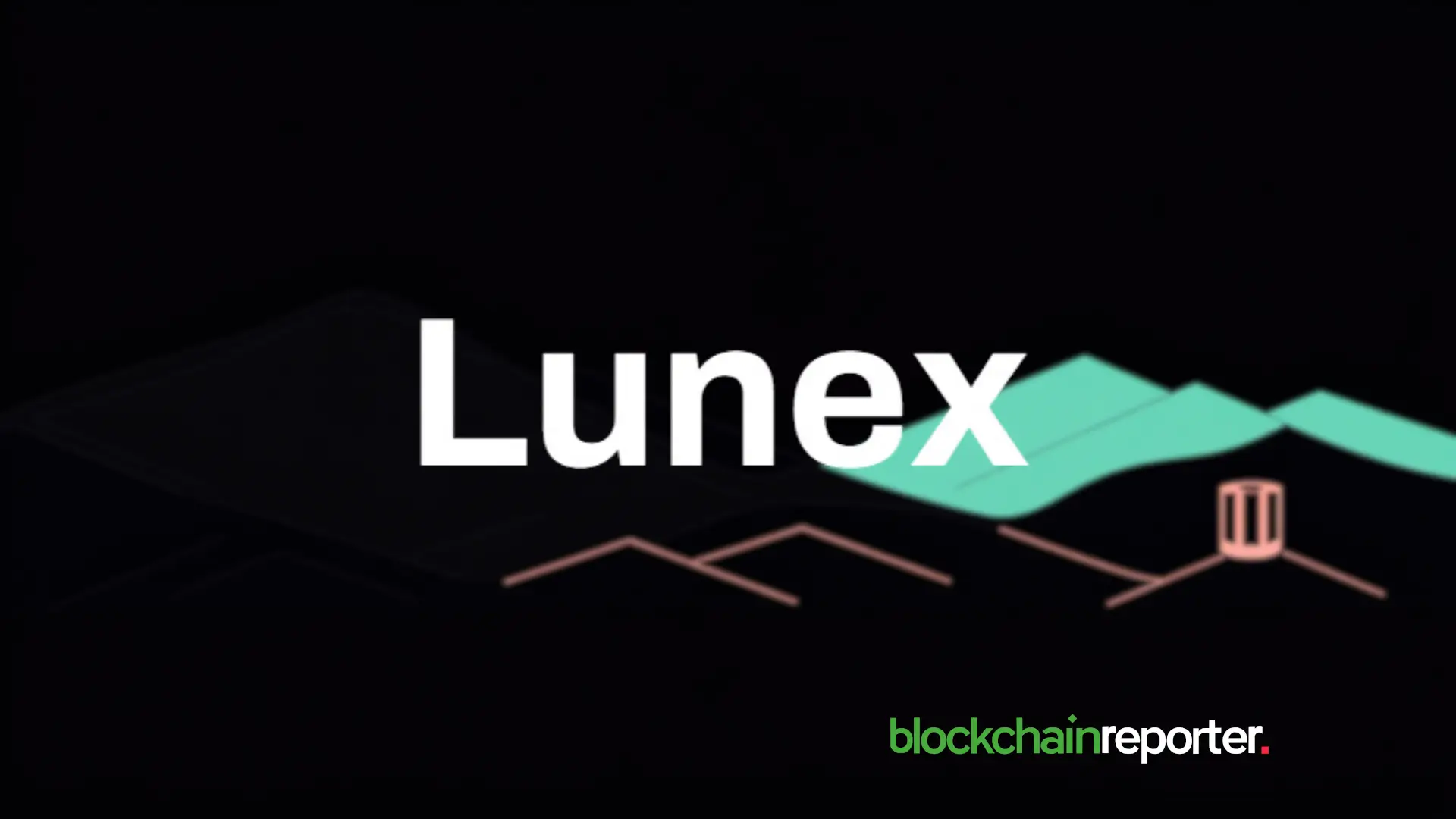India’s steel industry is a critical sector for its economic development, serving as the support for various sectors such as construction, automotive, infrastructure, and manufacturing. The industry has been experiencing significant growth, driven by the country’s rapid urbanization, increasing income levels, and government initiatives focused on infrastructure development. According to the World Steel Association, India is the world’s second-largest producer of steel, and its production is expected to grow exponentially in the coming years. In this burgeoning ecosystem of steel production and consumption, the Steel Authority of India Limited (SAIL) stands as a monumental pillar. Established in 1954, SAIL is one of the largest state-owned steel manufacturing companies in India and plays a crucial role in meeting the country’s domestic steel needs. It has been instrumental in framing the infrastructure of India’s steel industry, contributing significantly to its growth and global competitiveness. With its extensive network of steel plants, cutting-edge technology, and diverse product portfolio, SAIL has not only met the demands of various sectors within India but has also made its mark on the international stage. In this article, we’ll discuss the current market status of Sail share price with in-depth technical analysis, Sail share’s project market performance till 2030, and past performance to help you go through a profitable investment plan.
Sail: A Quick Introduction
Steel Authority of India Limited (SAIL) is one of the largest state-owned steel-making companies in India and one of the top steel producers in the world. Established on January 19, 1954, SAIL has been a cornerstone in India’s industrial development, contributing significantly to the nation’s economy. With its headquarters in New Delhi, the company operates through a vast network of plants and marketing offices spread across the country.
Operating under the aegis of the Ministry of Steel, Government of India, the company reported an annual turnover of ₹105,398 crore (approximately US$13 billion) for the fiscal year 2022-23. Founded on January 24, 1973, SAIL employs a workforce of 59,350 individuals as of March 1, 2023. With an annual steel production capacity of 18.29 million metric tons, SAIL stands as the largest steel manufacturer owned by the Indian government. The company has ambitious plans for the future, aiming to expand its hot metal production capacity to 50 million tonnes per annum by the year 2025.
SAIL’s operations are extensive, encompassing five integrated steel plants located in Bhilai, Rourkela, Durgapur, Bokaro, and Burnpur (Asansol). Additionally, the company owns three specialized steel plants situated in Salem, Durgapur, and Bhadravathi, as well as a Ferro Alloy plant in Chandrapur. In line with its global aspirations, SAIL is currently undergoing a comprehensive expansion and modernization initiative.
This involves both upgrading existing facilities and constructing new ones, with a strong focus on incorporating cutting-edge, eco-friendly technologies. According to recent surveys, SAIL ranks among India’s fastest-growing Public Sector Units (PSUs). The company also maintains a Research & Development Centre for Iron & Steel (RDCIS) and a Centre for Engineering, both located in Ranchi, Jharkhand.
Sail: Operations Since Inception
The roots of SAIL can be traced back to Hindustan Steel Limited (HSL), which was established on January 19, 1954. Initially, HSL was conceived to oversee the development of just one steel plant located in Rourkela.
For the steel plants in Bhilai and Durgapur, the initial groundwork was carried out by the Ministry of Iron and Steel. Starting in April 1957, the administrative and operational responsibilities for these two plants were transferred to HSL. Although the company’s registered office was initially situated in New Delhi, it was relocated to Calcutta in July 1956 and eventually settled in Ranchi in December 1959.
A separate entity, Bokaro Steel Limited (Bokaro Steel Plant), was established on January 29, 1964, with the specific purpose of constructing and operating the steel facility at Bokaro. By the end of December 1961, the first phases of the Bhilai and Rourkela Steel Plants, each with a capacity of 1 million tonnes (MT), were completed. Durgapur Steel Plant reached its initial 1 MT capacity in January 1962, following the commissioning of its Wheel and Axle plant. HSL’s crude steel output increased marginally from 1.58 MT in the 1959-60 fiscal year to 1.6 MT.
The second phase of the Bhilai Steel Plant was finalized in September 1967 with the commissioning of its Wire Rod Mill. Rourkela’s last unit in its 1.8 MT phase, the Tandem Mill, was brought online in February 1968. Durgapur Steel Plant completed its 1.6 MT phase in August 1969 after the Furnace in the Steel Melting Shop (SMS) was commissioned. Consequently, by 1968-69, HSL’s total crude steel production capacity increased to 3.7 MT, and it further expanded to 4 MT by the 1972-73 fiscal year. The Indian Iron and Steel Company (IISCO) was acquired as a subsidiary in 1978 and was eventually merged into the company in 2006.
Notable Joint Ventures
NTPC SAIL Power Company Limited (NSPCL)
A joint venture equally owned by the Steel Authority of India Ltd. (SAIL) and the National Thermal Power Corporation Ltd. (NTPC Ltd.) oversees the management of captive power plants located in Rourkela, Durgapur, and Bhilai. These plants have a collective power generation capacity of 314 MW. Additionally, the venture has expanded its capabilities by constructing a 500 MW power plant at Bhilai, consisting of two units, each with a capacity of 250 MW. The first unit began its commercial operations in April 2009, followed by the second unit in October 2009.
Bokaro Power Supply Company Pvt. Ltd. (BPSCL)
Founded in 2001, this joint venture is equally owned by the Steel Authority of India Ltd. (SAIL) and the Damodar Valley Corporation (DVC). The venture specializes in the generation of power and steam, which it supplies to SAIL’s Bokaro Steel Plant (BSL) situated in Bokaro. These supplies are crucial for meeting BSL’s various process requirements.
The facility is equipped with nine boilers and seven turbine generators to fulfill its operational needs. Specifically, the boilers include five units, each with a capacity of 220 TPH (tonnes per hour), three units each with a capacity of 260 TPH, and one unit with a capacity of 300 TPH.
Sail Share: Price History
Founded in 1973, SAIL had a promising start, backed by the Indian government’s focus on industrialization. The company’s initial public offering (IPO) was well-received, and its shares were considered a safe bet for long-term investors. The company’s stock price saw steady growth, reflecting its increasing production capabilities and expanding market share.
Sail’s share price started trading at a price of ₹6 in 1999. The price remained under the ₹10 mark till 2003 as it showed promising signs by 2003’s March. The turn of the millennium brought about significant changes in the global steel industry. The rise of China as a steel powerhouse and increasing competition from private players led to a period of volatility for SAIL’s share price. Sail’s share price climbed above ₹50 in 2004’s January, and it maintained its bullish momentum throughout the year as it touched ₹60.
By mid-2005, the Sail share price started skyrocketing, and it touched a high of ₹280 in 2007’s December. However, the price then crashed heavily in 2008 as the global financial crisis had a profound impact on industries worldwide, and the steel sector was no exception. SAIL’s share price took a hit, reflecting the downturn in the global economy as it touched the bottom level of ₹66 by 2008’s December. However, the company’s strong fundamentals and backing from the Indian government helped it weather the storm better than many of its competitors. The share price gradually recovered as the global economy stabilized, once again proving its market dominance.
The share price continued to rise as it touched the top of ₹252 in 2010. However, it failed to maintain those higher levels as it lacked investor confidence and declined heavily in the next few years. The price touched ₹44 in 2013 and reached ₹40 in 2016, suggesting low buying pressure during these periods. With a minor recovery toward ₹100, the price started dropping again, and this time, it dropped below the ₹30 mark in 2020 due to the Covid pandemic. However, it made a robust recovery toward ₹150 in 2021 but declined again toward ₹70. As of 2023, the price is in recovery mode as it hovers just below the ₹100 mark.
Sail Share Price: Technical Analysis
Recently, the Sail share price experienced a solid bullish trend, which has brought more buyers near the immediate resistance levels. The price has been on a steady upward trajectory over the last few weeks. After breaking above the ₹90-mark, Sail shares sparked an intense buying momentum and surged exponentially. The stock market was previously heavily influenced by poor performance and the COVID-19 pandemic; however, Sail showed a strong recovery, as seen on the daily price chart, and maintained its price momentum. Despite facing intense bearish pressure in the past, Sail’s share has managed to display an uptrend and is now well above the bearish territory. A thorough technical analysis of Sail’s share price reveals bullish indicators, which may soon send the price to new resistance levels.
According to TradingView, the Sail share price is currently trading at ₹98.9, reflecting a decrease of 0.65% in the last 24 hours. Our technical evaluation of Sail’s price indicates that the current bullish momentum may soon fade as bears are attempting to reverse the trend from the upcoming resistance at ₹103; however, bulls are trying to prevent the price from dropping below the breakout level of ₹90. Examining the daily price chart, Sail’s share price has found support near the ₹95 level, from which the price gained bullish momentum and broke above multiple Fib channels. As Sail’s price continues to trade above the EMA20, bulls are gaining confidence to open further long positions and send the stock price to test its upcoming resistance. The Balance of Power (BoP) indicator is currently trading in a negative region zone at 0.46 as sellers are increasing their domination on the price chart.
To thoroughly analyze the price of Sail’s shares, it is crucial to take a look at the RSI-14 indicator. The RSI indicator recently experienced a surge as Sail’s price made an upswing. The trend line is currently trading around the overbought region as it trades at level 63, hinting that further upward correction is on the horizon. However, Sail’s rejection at ₹103 has created a correction mode on the RSI chart. It is anticipated that Sail’s share will soon attempt to break above its 23.6% Fibonacci level to achieve its short-term bullish goals of around ₹113. If bears fail to plunge below the current 0.038 Fibonacci region, a skyrocketing trend might be on the horizon.
As the SMA-14 continues its upward swing by trading above 69-level, it trades slightly above the RSI line, potentially holding promises of the stock’s upward movement on the price chart. If Sail’s shares continue to surge, it can pave the way to resistance at ₹113. A breakout above will drive the share price toward the upper limit of the Bollinger band at ₹131.
Conversely, if Sail fails to hold above the critical support level of ₹95, a sudden collapse may occur, resulting in further price declines and causing the Sail shares to trade near the Bollinger band’s lower limit of ₹83. If the price fails to continue a trade above, it may trigger a more significant bearish downtrend to ₹74.
Sail Share Price Prediction By Blockchain Reporter
SAIL Share Price Prediction 2023
In 2023, SAIL’s share price is projected to maintain an average of around ₹85. The minimum price is expected to be approximately ₹74, while the maximum could soar up to ₹115. These estimates are based on SAIL’s ongoing modernization efforts, its strong governmental backing, and India’s sustained focus on infrastructure development, which heavily relies on steel.
SAIL Share Price Prediction 2024
Transitioning into 2024, SAIL’s share price is anticipated to experience an upward trajectory, averaging at about ₹120. The potential low for this year could be around ₹97, while the upper limit might touch ₹152. This forecast is predicated on the assumption that SAIL’s role in India’s industrial and infrastructural growth will continue to expand, thereby attracting more investors.
SAIL Share Price Prediction 2025
By 2025, the average share price of SAIL is expected to climb to ₹155. The minimum price could be around ₹122, and the maximum might reach ₹190. These projections take into account SAIL’s strategic partnerships and its focus on sustainable and green technologies, which are likely to be significant drivers for investor interest.
SAIL Share Price Prediction 2026
In 2026, SAIL’s share price is likely to average around ₹185, with a minimum value of ₹150 and a maximum of ₹220. These figures are based on the company’s anticipated completion of current expansion projects and its potential entry into new markets, both domestic and international.
SAIL Share Price Prediction 2027
For 2027, the average share price of SAIL is projected to be ₹215. The minimum could be around ₹180, and the maximum might surge to ₹250. These estimates consider the expected growth in demand for steel in various sectors like automotive, construction, and energy.
SAIL Share Price Prediction 2028
Moving into 2028, the average share price for SAIL could reach ₹250, with a minimum price of ₹210 and a maximum of ₹290. These predictions are based on the assumption of stable economic conditions and the successful implementation of SAIL’s long-term strategic plans.
SAIL Share Price Prediction 2029
By 2029, SAIL’s share price is expected to average around ₹285, with a minimum value of ₹245 and a maximum of ₹325. These figures take into account potential advancements in steel technology and SAIL’s adaptation to market demands.
SAIL Share Price Prediction 2030
In the year 2030, SAIL’s share price is projected to have an average value of ₹320, with a minimum of ₹280 and a maximum of ₹360. These estimates are based on long-term economic stability and SAIL’s expected leadership in innovation and sustainability in the steel industry.
Sail Share Price Forecast: Experts’ Opinions
Vinit Bolinjkar, the Head of Research at Ventura Securities, expressed optimism about the potential for growth in the steel sector. When queried about specific price targets, Bolinjkar stated, “I recommend staying invested in steel stocks for the foreseeable future. However, we have yet to initiate coverage on SAIL.”
According to FinancesRule’s Sail share price target, the projected average target price for the Steel Authority of India from 2026 to 2030 is estimated to be approximately ₹378.79. This suggests a potential upside of around 188.48% compared to its current share price.
Sail Q1 FY24: Financial Result
In the first quarter of the 2023-24 financial year, Steel Authority of India Limited (SAIL) witnessed a 74% drop in its consolidated net profit, which amounted to ₹212.48 crore. This is in contrast to the ₹804.5 crore net profit reported during the same period in the previous fiscal year.
The total income for the quarter under scrutiny rose to ₹24,822.83 crore, a slight increase from ₹24,199.51 crore in the first quarter of the 2022-23 fiscal year. The dip in profit was attributed to elevated expenses, which reached ₹24,598.06 crore in the quarter ending June 2023, up from ₹23,295.2 crore during the corresponding period last year. Additionally, lower product prices negatively impacted the company’s profitability.
Despite these challenges, a statement from SAIL highlighted that the company achieved its best-ever first-quarter performance in terms of production and sales. “Although volumes increased, the turnover only rose by 1% due to a decline in price realization,” the company noted.
Looking ahead, SAIL expressed optimism, stating, “As coking coal prices stabilize and the market outlook remains positive for continued consumption growth in India, we expect margins to improve. The company is also initiating projects aimed at removing bottlenecks and enhancing efficiency to boost profitability in the medium term.”
Conclusion
The Steel Authority of India Limited (SAIL) presents a complex yet interesting opportunity for those interested in the steel industry and the stock market. While the company has faced challenges, such as fluctuating raw material prices and increased expenses, it has also shown recovery and adaptability.
SAIL has a strong track record of performance in production and sales, and it has ambitious plans for modernization and expansion. Additionally, the company’s governmental backing and strategic focus on sustainability and innovation make it a noteworthy player in the industry.
However, it’s essential to note that the stock has experienced significant volatility, and past performance is not necessarily indicative of future results. The company’s share price has seen both highs and lows, influenced by factors ranging from global economic conditions to internal management decisions. Hence, it is advised to do your own research and conduct expert analysis before investing in this stock.
Credit: Source link














































